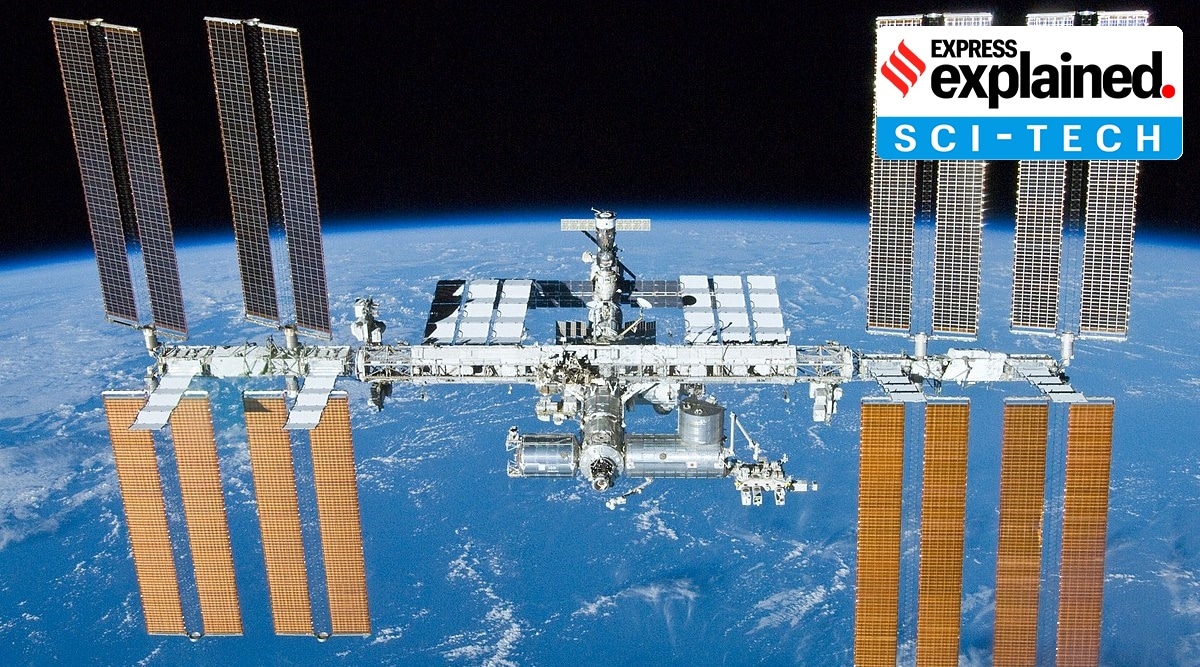

Montalbano said NASA agreed with that conclusion. “Some other object on this orbit cannot exist because if it has so high a velocity, it wouldn’t stay on this orbit,” Mr. The question was prompted in part by a Russian antisatellite weapon test in November 2021 that created a debris cloud in orbit, which posed a risk to the space station. Krikalev said that based on the direction and speed, it could not have been a piece of orbital debris from a rocket part or some other human-made object. “And the procedure is so difficult and so risky that much less risk would be to just replace the vehicle.”

“You need not only to repair a hole but also to fill the radiator with a liquid, with a coolant,” Mr. The location of the leak, at the end of the Soyuz farthest from the docking port, made it essentially impossible to attempt a repair in space. The micrometeoroid hit a radiator on the Soyuz, causing the coolant leak. Krikalev said an investigation concluded that the damage was caused by a micrometeoroid about one millimeter in diameter that was traveling about seven kilometers a second, or more than 15,000 miles per hour. Montalbano said there had been discussions with SpaceX to see whether, for an emergency evacuation, it would be possible for one of the Soyuz crew to travel back to Earth in the Crew Dragon. Krikalev said, “but in case of emergency, with extra risk, we are going to use this Soyuz.” “The Soyuz is not good for nominal re-entry,” Mr. But in some situations, the risk of returning in a damaged Soyuz would be lower than the risk of not leaving. In case of a leak, for example, they could close hatches to minimize the leak. Montalbano said.ĭuring the news conference on Wednesday, Sergei Krikalev, executive director of the human spaceflight programs for Roscosmos, said the astronauts would try to remain on the station. “I will tell you, there is no immediate need for the crew to come home today, that all the systems are operating,” Mr. But officials were measured about the risks. The Soyuz and a SpaceX Crew Dragon capsule serve as emergency lifeboats for the seven astronauts currently on the station. Until the replacement Soyuz arrives, there is a higher level of risk in case of an emergency - like a large leak that might require an evacuation.

That would not only pose dangers to the crew but could cause equipment like the Soyuz’s computer to malfunction. It is set to land at the usual return site in Kazakhstan, carrying some experiments and cargo.Īfter the leak occurred, astronauts used a camera at the end of a robotic arm on the space station to inspect the leak as engineers on the ground studied the damaged area.Īnalysis indicated that with astronauts aboard, temperatures could rise to 100 degrees or hotter with high humidity within the confined space of the compromised Soyuz. After it reaches the space station, the damaged Soyuz will make a passengerless return to Earth, probably sometime in March. The next Soyuz, which would have carried three astronauts - two from Roscosmos, the state corporation that oversees Russia’s space industry, and one from NASA - will now launch with its seats empty on Feb.


 0 kommentar(er)
0 kommentar(er)
